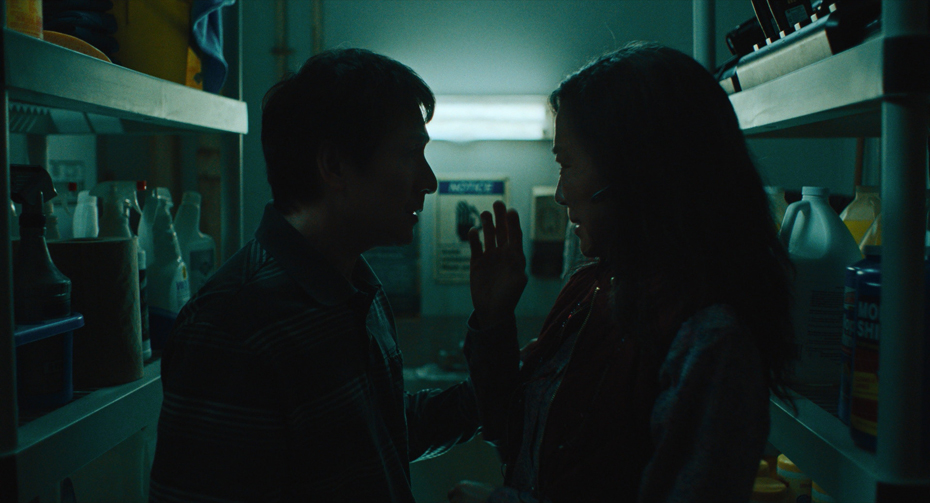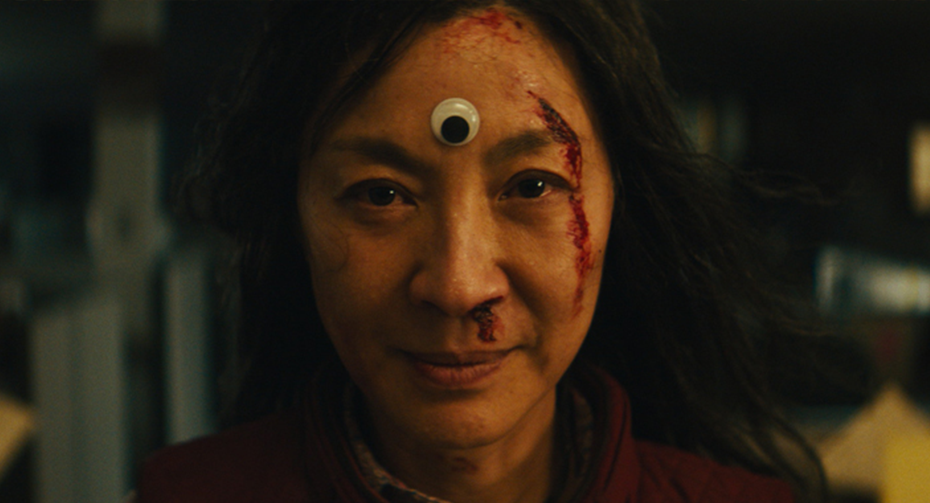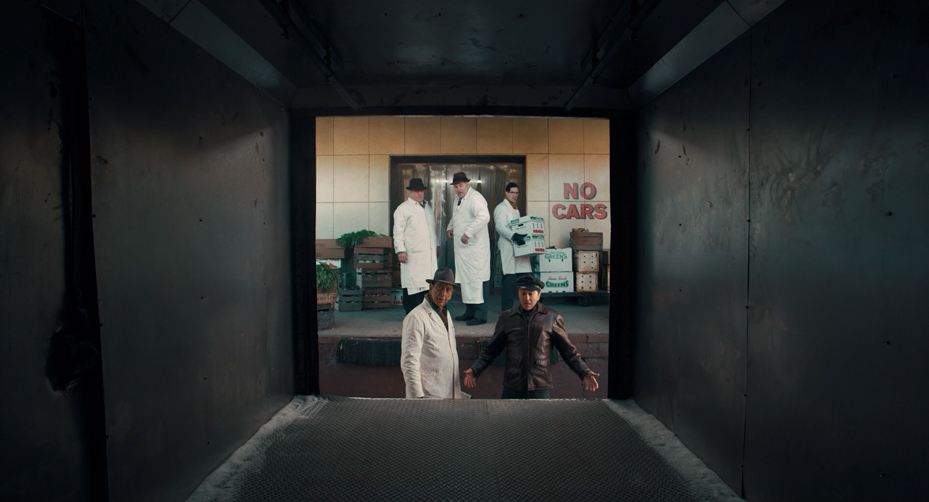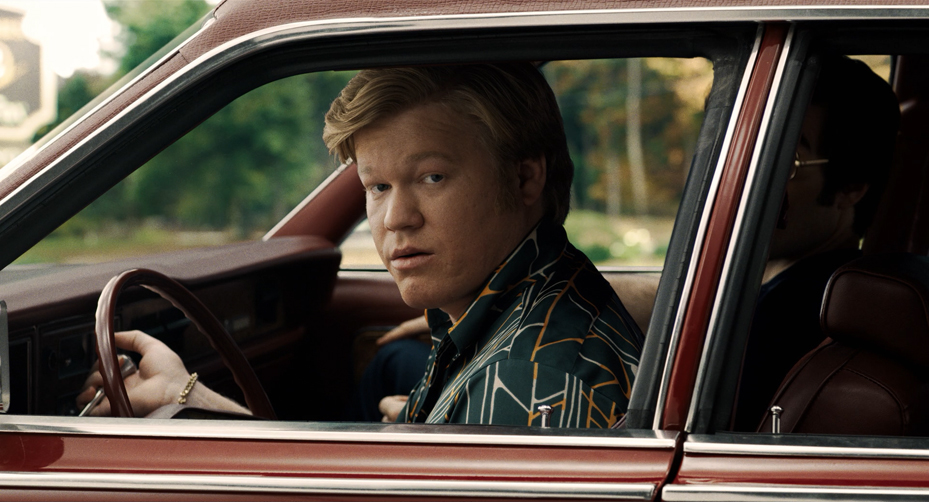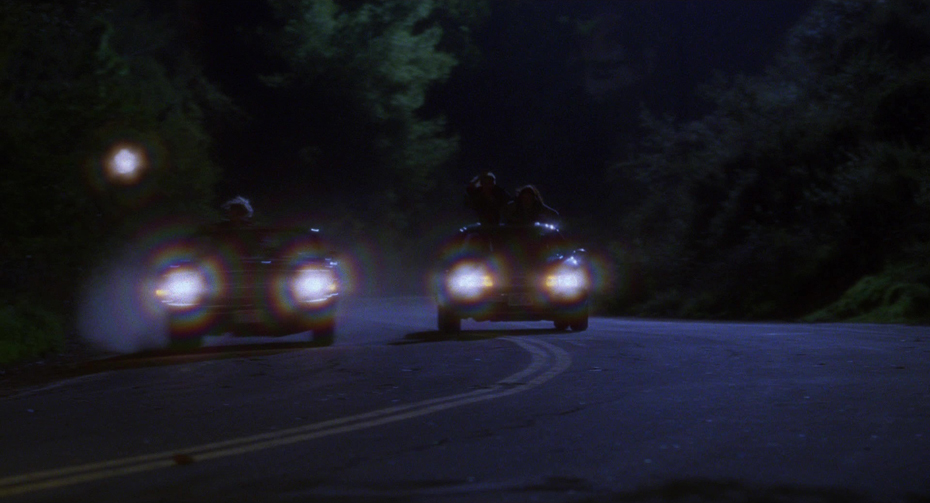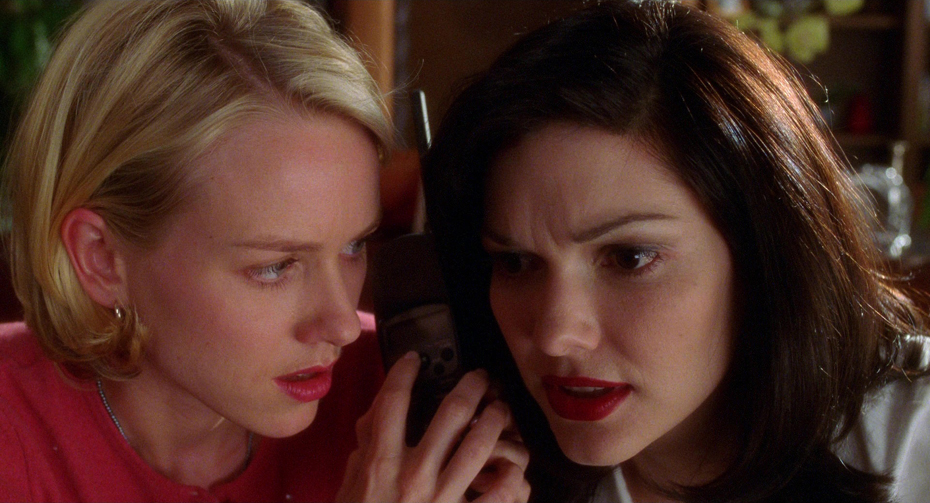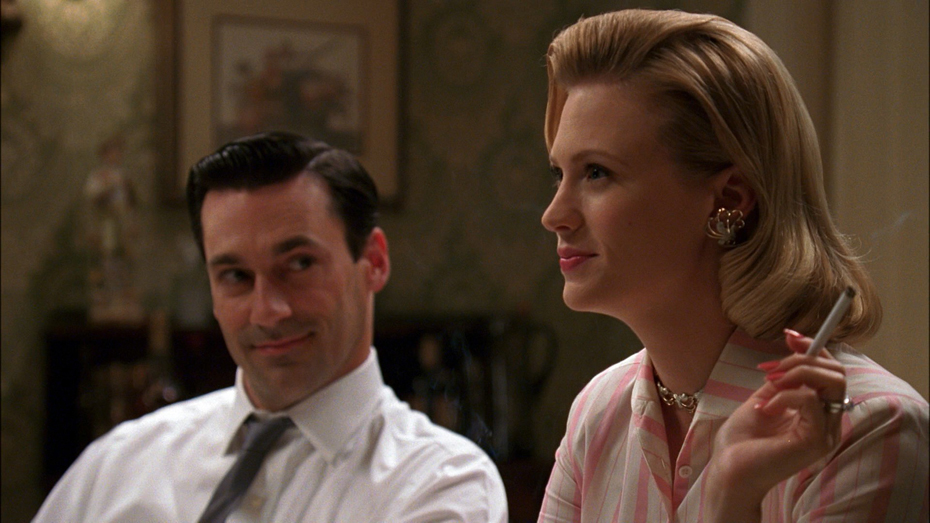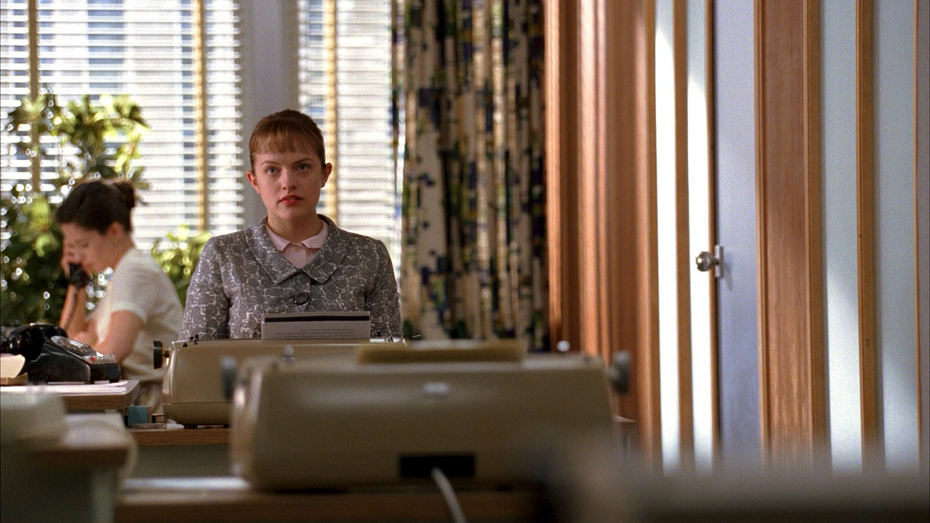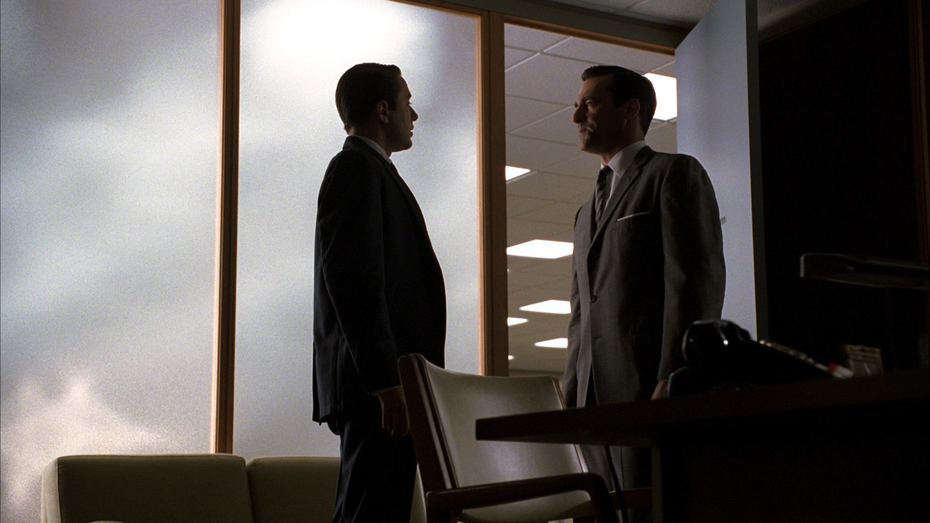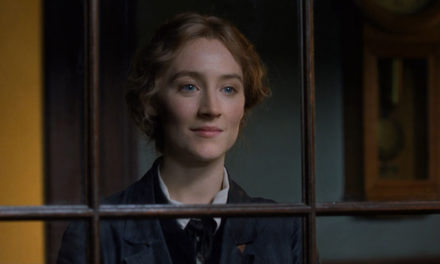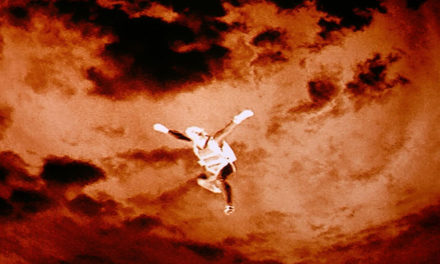THE TUESDAY DROP – 04/12
04.12.22 / New Shots
Hello ShotDeck team! This week we’re excited to be dropping over 2400 new shots this week, including a special 16th title drop featuring images from the Everything Everywhere All At Once trailer. Check out the new shots below!
Like many of you, we were absolutely floored by Everything Everywhere All At Once. The film, directed by Daniel Kwan and Daniel Scheinert (also known as Daniels), follows an aging Chinese immigrant, played by Michelle Yeoh, who is swept up in an insane adventure, where she alone can save the world by exploring other universes connecting with the lives she could have led. The film also stars Stephanie Hsu, Ke Huy Quan, James Hong, and Jamie Lee Curtis. For their second feature film together, Daniels collaborated with cinematographer Larkin Seiple, who had shot their first film Swiss Army Man. Until the full film becomes available for us to publish on ShotDeck, we’ve added several high-res frames from the trailer for you to add to your Decks! And yes, “Raccacoonie” is now a search term.
THE IRISHMAN (2019)
Martin Scorsese’s 2019 epic masterpiece THE IRISHMAN is a crime drama based on the 2004 book I Heard You Paint Houses by Charles Brandt. It stars Robert De Niro as Frank Sheeran, a truck driver who becomes a hitman involved with mobster Russell Bufalino (played by Joe Pesci) and union leader Jimmy Hoffa (Al Pacino). The film also features Ray Romano, Bobby Cannavale, Stephen Graham, Anna Paquin and Harvey Keitel. The Irishman was Scorsese’s ninth collaboration with De Niro, and premiered at the New York Film Festival. Scorsese worked on the film with Mexican cinematographer Rodrigo Prieto. The pair had previously collaborated on The Wolf of Wall Street and Silence. The Irishman is well-known for its groundbreaking VFX work led by ILM’s VFX supervisor Pablo Helman to digitally de-age De Niro, Pesci and Pacino into playing younger versions of themselves in different portions of the film (over 1,750 shots incorporated this technique). To accomplish this effect without having to put motion tracking markers on the faces of the actors, Prieto and Helman collaborated on the creation of a three-camera rig that they branded the “three headed monster”.
This camera rig allowed the movie to be primarily shot on both 35mm film with Arricam STs and LTs, with the RED Helium for sections of the movie shot digitally, and two infra-red capable Arri Alexa Minis always mounted either side as witness cameras for the de-aging work to be done in post-production. Scorsese and Prieto designed a series of LUTs with colorists Yvan Lucas and Elodie Ichter to create a distinct look for the movie in its different time periods. The 50s scenes had a LUT based on the look of Kodachrome film stock, the 60s scenes’s look based on Ektachrome stock, the 70s had a silvery layer added on top, and the 80s and onwards had a LUT emulating a bleach bypass look. Scorsese and Prieto agreed that the shooting style of the film should be relatively straightforward, and without the flamboyanes of previous gangster films that Scorsese had made such as Goodfellas and Casino. Scorsese wanted the visual language of the film to communicate the somber tone that lives throughout the story, as well as to communicate a subjectivity that is in keeping with Sheeran’s simple, straightforward way of seeing the world. In the end, The Irishman was shot over 117 locations, 319 scenes, 160 actors, and 108 days, in a story spanning over 50 years, making it the biggest scale film of Scorsese’s filmography.
MULHOLLAND DRIVE (2001)
David Lynch’s 2001 film MULHOLLAND DRIVE is a surrealist neo-noir following Betty Elms (played by Naomi Watts), an aspiring actress new to Los Angeles who befriends a woman suffering from amnesia (Laura Harring) after a car accident. The film also follows other characters in a series of vignettes, including a Hollywood film director played by Justin Theroux. Mulholland Drive premiered at the Cannes Film Festival, and is now considered one of the most important of Lynch’s career. Lych worked on the film with Lebanese-born American cinematographer Peter Deming, who he had previously collaborated on Lost Highway. Deming was also known at the time for his work on films such as Evil Dead II and My Cousin Vinny.
Deming and Lynch started their collaboration on Mulholland Drive by agreeing on a look for the film that called back to the visuals of other neo-noirs in combination with the dreamy, soft look of old Hollywood films. Demons shot on the Panavision Panaflex, using Panavision Primo Primes to accomplish this look, while also relying heavily on filtration and nets for softening the impact of lights on skin tones. Lynch took a relatively improvisational approach to working with the crew on set, keeping plot points and story explanations ambiguous from both the cast and the crew. Lynch would also often develop the look for shots over the course of shooting takes, while Deming and the lighting crew would make adjustments and build the look of each shot and scene over time. Mulholland Drive was also initially set up as a television pilot for ABC, but when that fell apart, Lynch and the crew returned a year and a half later to shoot the final act of the film over nine days.
MAD MEN: SEASON 1 Ep 1-13 (2007)
MAD MEN is a period drama television series created by Matthew Weiner and produced by Lionsgate Television, which ran on the cable network AMC from 2007 to 2015 over seven seasons. The show is set over the course of the 1960’s, and follows Don Draper (played by Jon Hamm), a charismatic and enigmatic advertising executive working as the creative director of fictitious Madison Avenue advertising firm Sterling Cooper. The show also stars Elisabeth Moss, January Jones, Christina Hendricks, and Vincent Kartheiser. Mad Men received widespread acclaim over the course of its airtime and is now considered one of the greatest television series of all time. Season 1 of the show takes place between March and November 1960, and begins with Peggy Olson’s (Moss) introduction as Draper’s new secretary at Sterling Cooper. The production design for season one was helmed by Dan Bishop (Bob Shaw tackled the production design for the pilot).
Though the series is set in New York City, the entire show was filmed in Los Angeles (the lobby of the LA Center Studio was used as five locations for the series, including the lobby of Sterling Cooper and a Cadillac dealership). Weiner was insistent that the show not have a stylized 60’s look, which was becoming a trope of films at the time, and he and Bishop insisted on going into exacting detail to recreate sets of the period for the film. Bishop and the show’s research department went into great depth to determine the look and feel of the show’s sets, wanting to stay away from the iconographic examples of mid-century modern furnishings and looking for more obscure references, while still staying true to the period. Bishop worked with the camera and lighting department to build sets that worked in both three dimensions and two dimensions, and worked with set dresser Amy Wells to create a look that showed the wear and tear of the environments of the show so that things didn’t look “period pristine”. The detail went all the way down to not vacuuming carpets, attaching gum to the bottoms of desks, wearing out the edges of signs. Magazines from the period such as Sears and Montogomery Ward catalogs, as well as Better Homes & Gardens magazines became core elements of both research and set dressing, and every piece of vintage furniture proposed for set was extensively researched to make sure it was both geographically and period appropriate before being included in the show.







